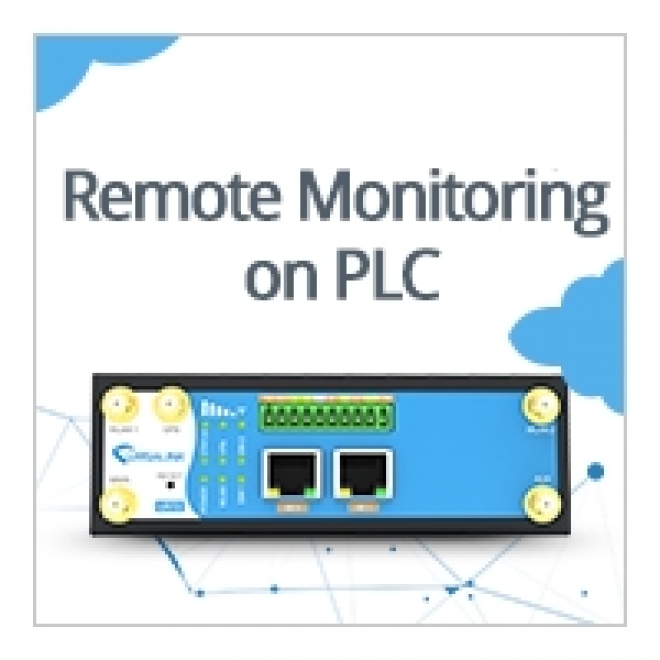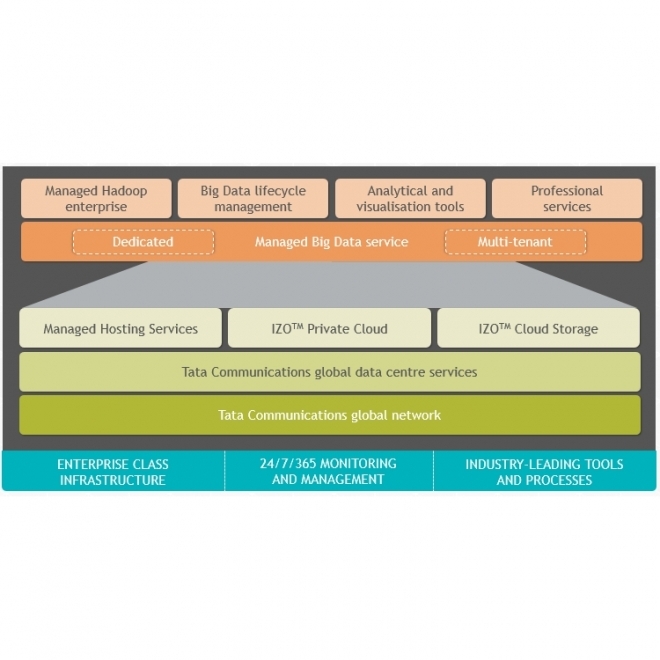Overview
 |
Time Sensitive Networking |
Applicable Industries
Applicable Functions
Case Studies
Market Size
|
The time-sensitive networking market is expected to be worth USD 0.6 billion by 2024, at a CAGR of 53.8% considering that it will get commercialized by 2019. Source: Markets and Markets |
Business Viewpoint
|
What are the industrial benefits of TSN vs. Existing Methods? Improvements to standard Ethernet through support of Time Sensitive Networking will provide new capabilities that will benefit industrial applications: - Open standard through the IEEE 802: this assures vendor neutrality and continued investment by silicon and infrastructure vendors. - Convergence: IIoT requires that any part of a distributed system can access data. Since much of an IIoT system exists within IT (servers and the cloud), this creates the need for a converged, synchronized network on unified buses. With existing networks using disparate buses, it is difficult to get data to the IT systems in a flexible, scalable way. - Improved Asset Utilization: production uptime can be increased through more complete system monitoring coverage and real-time delivery of systems status and events. - Reduced Implementation Costs: TSN promises to reduce implementation costs and to simplify network infrastructure. One reason for this is that Ethernet is used so broadly in numerous different markets. This assures silicon availability over the long term, continued technology updates, and amortized development costs. - Reduced Development Lifecycle: higher system composability provides the ability to more easily upgrade subcomponents while retaining existing sub-systems. - Increased Flexibility: the ability to integrate new features and functions to augment existing systems. - Enhanced Security: historically control networks had little to no built-in security. This creates a large vulnerability as has been demonstrated in high publicity cases such as Stuxnet and in-vehicle hacking. Because TSN uses standard Ethernet, the security mechanisms already deployed in IT networks can be applied to control networks with TSN.
|
Stakeholder Viewpoint
|
Network Engineers and Administrators: Network engineers and administrators are responsible for designing, implementing, and managing TSN-enabled networks. They play a critical role in configuring TSN switches, routers, and endpoints to ensure deterministic communication and optimal network performance. Manufacturers and OEMs: Manufacturers and original equipment manufacturers (OEMs) integrate TSN capabilities into their products and solutions to meet customer demands for real-time communication and interoperability. They collaborate with network equipment providers and standards organizations to develop TSN-compliant devices and systems. End Users and Customers: End users and customers benefit from TSN technology through enhanced reliability, responsiveness, and quality of service in applications such as industrial automation, automotive networking, and audio/video streaming. They rely on TSN-enabled products and solutions to address their specific requirements for time-sensitive communication. |
Technology Viewpoint
|
IEEE 802.1 Standards: TSN is based on a set of IEEE 802.1 standards, including IEEE 802.1Qbv (Time-Aware Shaper), IEEE 802.1Qbu (Frame Preemption), IEEE 802.1Qci (Stream Reservation Protocol), and IEEE 802.1AS (Time Synchronization). These standards define protocols and mechanisms for achieving deterministic communication and time synchronization in TSN networks. Synchronization Protocols: TSN networks rely on synchronization protocols such as IEEE 802.1AS and Precision Time Protocol (PTP) to synchronize clocks across network devices with sub-microsecond accuracy. This enables coordinated and synchronized transmission of time-sensitive data packets. |
Data Viewpoint
|
Deterministic Communication: TSN ensures deterministic communication by prioritizing time-critical traffic over non-time-critical traffic, minimizing packet delays and jitter. This deterministic behavior is achieved through mechanisms such as time synchronization, scheduling, and traffic shaping. Quality of Service (QoS): TSN standards define Quality of Service (QoS) parameters and mechanisms to guarantee the timely delivery of critical data packets while maintaining network performance for other traffic types. QoS features include bandwidth reservation, traffic prioritization, and congestion management. |
Deployment Challenges
|
What challenges does Time Sensitive Networking have to overcome? - Refresh cycles for switches before stipulated time: with TSN in place, enterprise switches have a seven to ten-year refresh cycle only. Even if the switches remain functional, a mid-cycle refresh with TSN will prove cost-prohibitive. - Network ownership: traditionally, it is the line of business that owns the OT network. This is because of the proprietary equipment and protocols. However, with TSN, you will be required to transfer the ownership to the IT organization.
- Unjustified cost premiums: organizations would be tempted to go for alternative technologies available at competitive prices or stay with the traditional Ethernet. |





